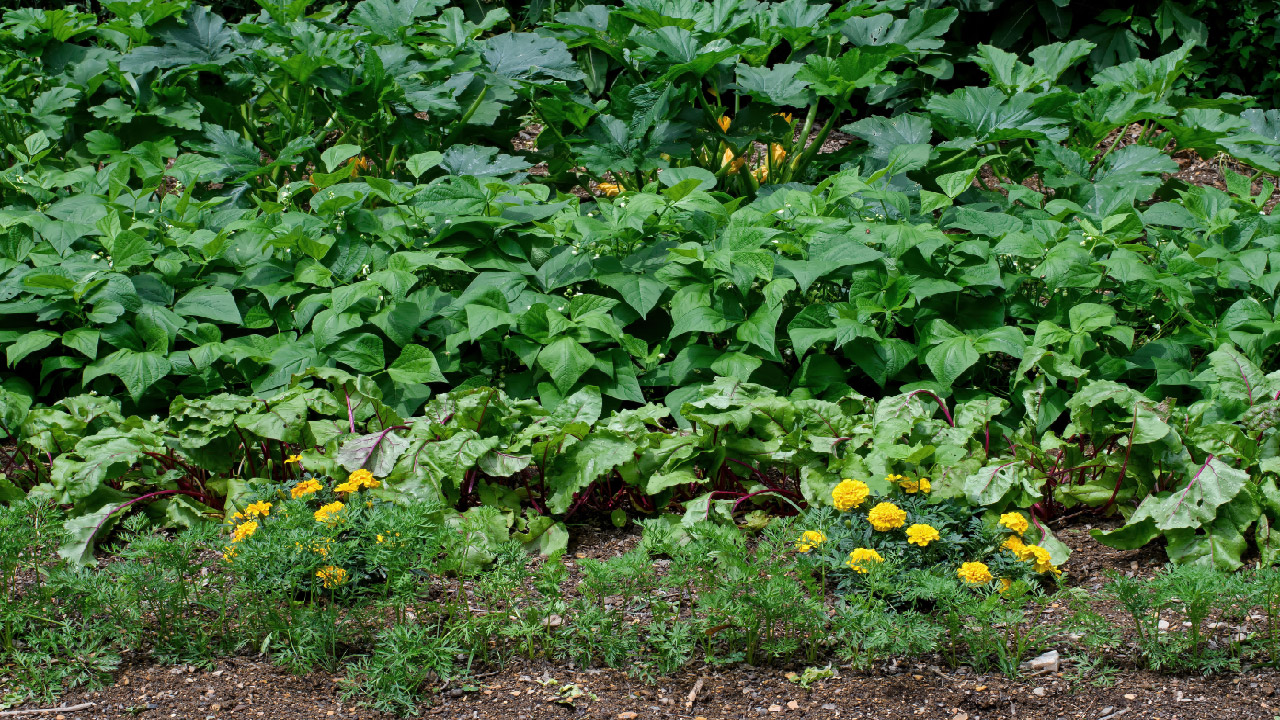Companion Planting Tips for Your Garden
Mar 22nd 2023
Did you know that certain plants grow better together? For centuries, humans have been experimenting with the food they grow and keeping track of those small changes that influence yield, size, and insect predation of the plants in their gardens. Recently, companion planting has made a resurgence among farmers and gardeners trying to stay away from synthetic inputs like pesticides. Pests can stunt plant growth, lower yields, and even eat or nibble on your entire harvest of certain plants. While planning your companions, avoid planting your crops and herbs too close to ensure they aren't competing for sunlight, water, and soil nutrients.
Benefits of Companion Planting
One of the most important benefits of using companion planting is getting pests away from your food. Insects and mammals have a tendency to like the same foods we do in the garden, and planting the right varieties of other plants can deter pest invasions. A great example is chrysanthemums, a perennial flower that repels pests like spider mites, Japanese beetles, aphids and even ticks. These beautiful flowers can be interspersed throughout the garden for a natural pest repellent. Other helpful pest-repelling plants include marigolds, basil, mint, and lemongrass.
Another way that companion plants can help with pests is by attracting them to themselves instead of your prized food plants. Petunias and nasturtiums are two flowers that attract insects to their own leaves so they'll leave your vegetable garden alone.
Companion planting also includes using flowers and herbs that attract pollinators and other helpful insects that will eat the pesky ones. Bee balm, lavender, sunflowers and marigolds are great flowers to bring beneficial pollination into your vegetable garden, increasing yields and biodiversity.
Some other plants help to fix nitrogen in the soil, a key ingredient for plant growth. Nitrogen-fixing plants for symbiotic relationships with bacteria, which are able to convert the nitrogen from the air into a form that is usable by plants in the soil. Soybeans are the most well-known nitrogen-fixing plant, but others include clover varieties, Partridge peas and hairy vetch.
Common Companion Planting Combinations
Tomatoes: Some of the best plants to locate near your tomatoes are basil, marigolds, nasturtiums, garlic and chives because they may repel bugs and enhance flavor and growth.
Cucumber: Plants to include near cucumbers include peas, beans, beets, dill, oregano and marigolds. Chrysanthemums and tansy's are also a great addition to repel cucumber beetles so they don't wipe out your season's crop.
Corn: As with the previous veggies, marigolds are an excellent companion plant for corn. Pole beans and squash are traditionally part of the 'three sisters' traditional style of companion planting, and borage and dill can be great additions. To effectively prevent corn earworm from crop destruction, it's best to attract natural predators such as ladybugs and green lace wigs. Ladybugs love nasturtiums, calendula, marigolds, and dill.
Cabbage: The best companions for cabbage and other plants in the brassica family include beans, marigolds, and a wide variety of aromatic herbs. Seasoned gardeners know to beware of cabbage moths and cabbage worms when their young plants are vulnerable. Nasturtiums will attract the pests to themselves, away from your cabbage, while other plants such as dill, lavender and garlic are said to deter them.
Strawberries: Fruit can also utilize companion planting to avoid an overabundance of pests. The best companions to include nearby are borage, caraway, chives, sage, and spinach. Their different growing patterns ensure no single plant will take too many nutrients or sunlight from another.
The right drip irrigation system will ensure that your plantings grow strong and provide the benefits that you need.

